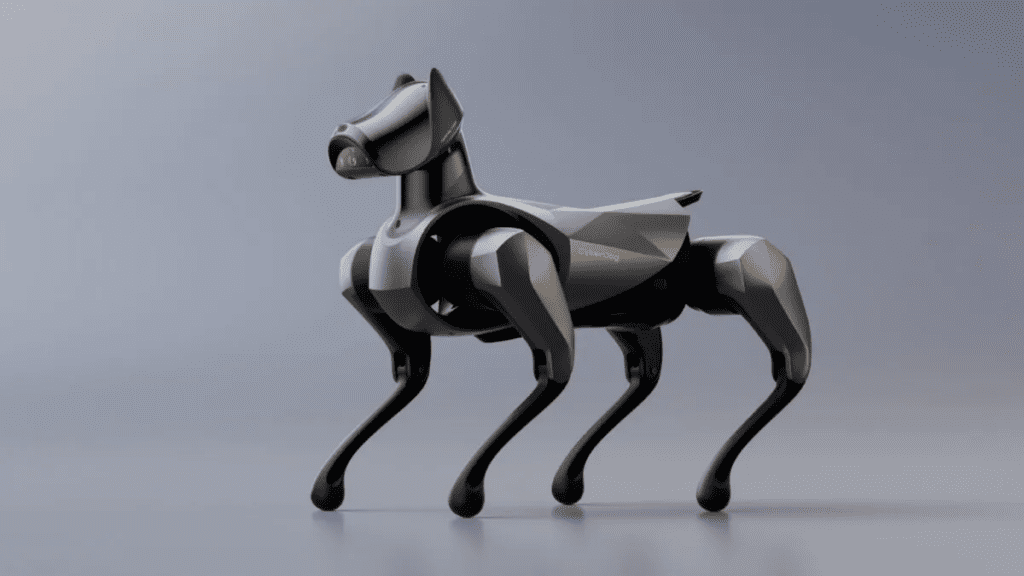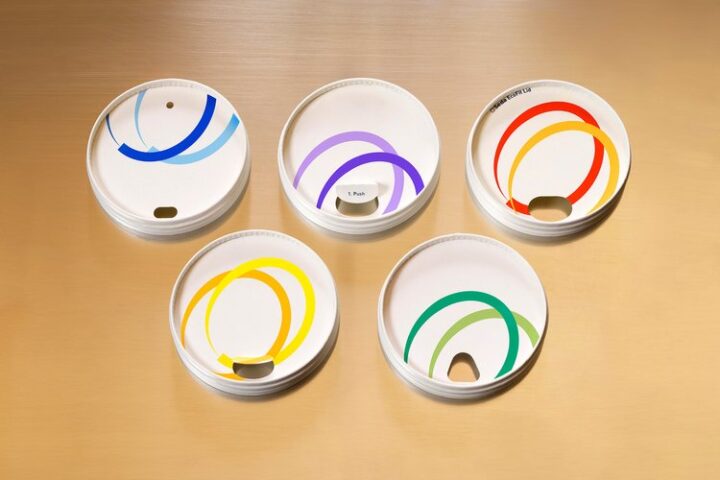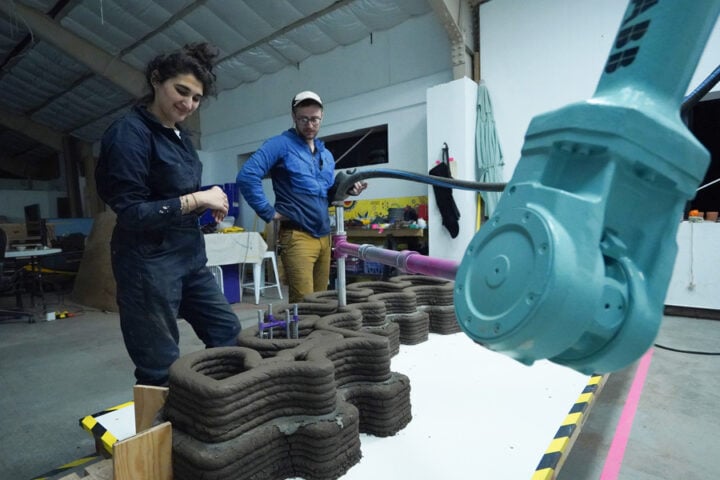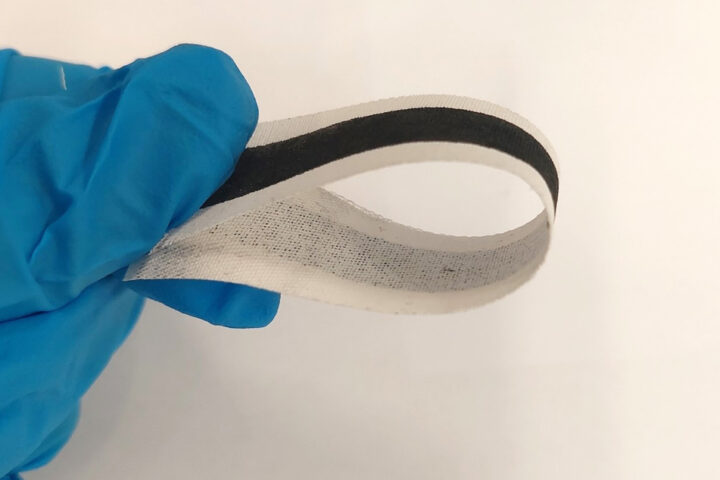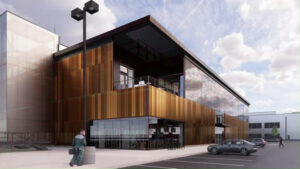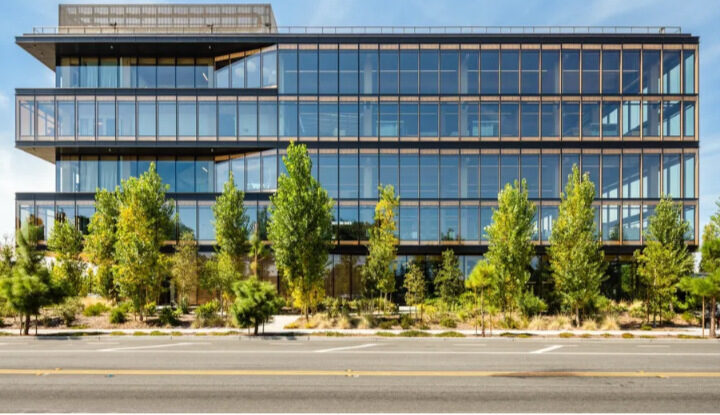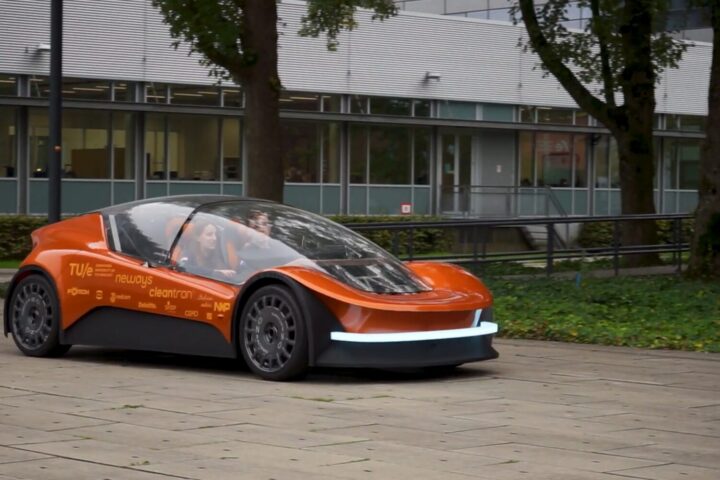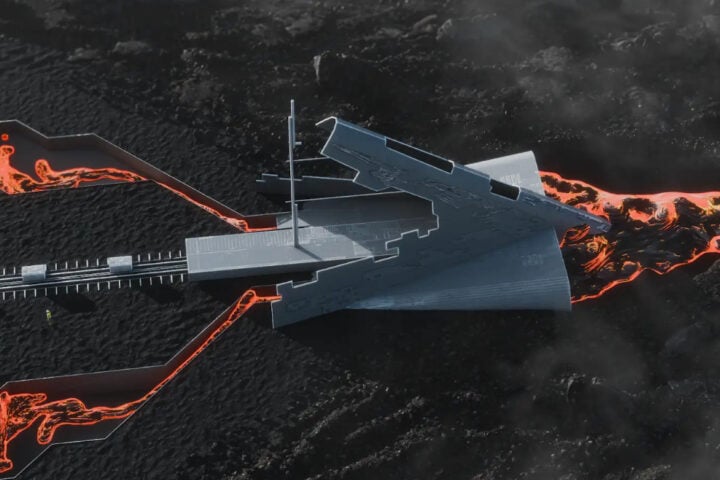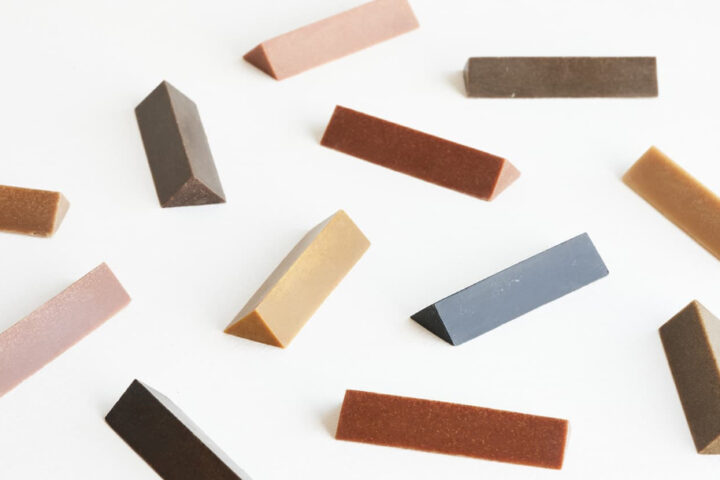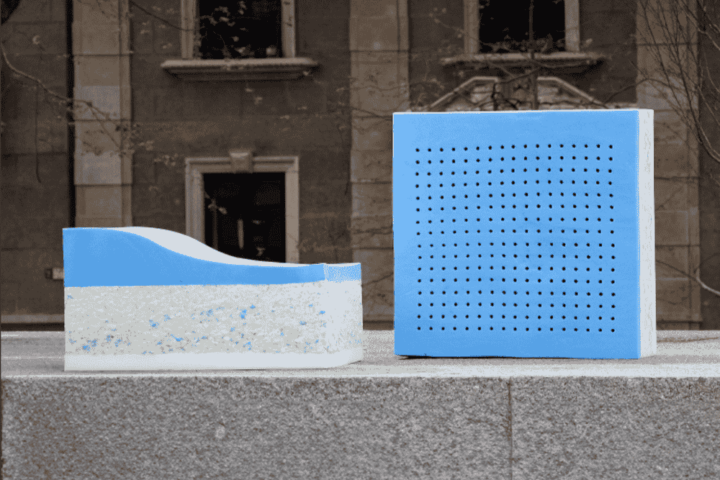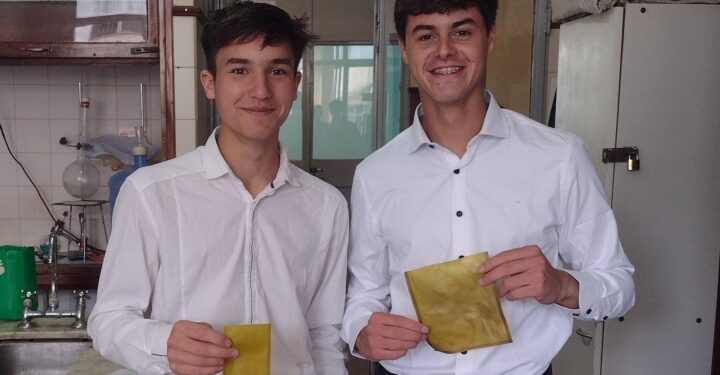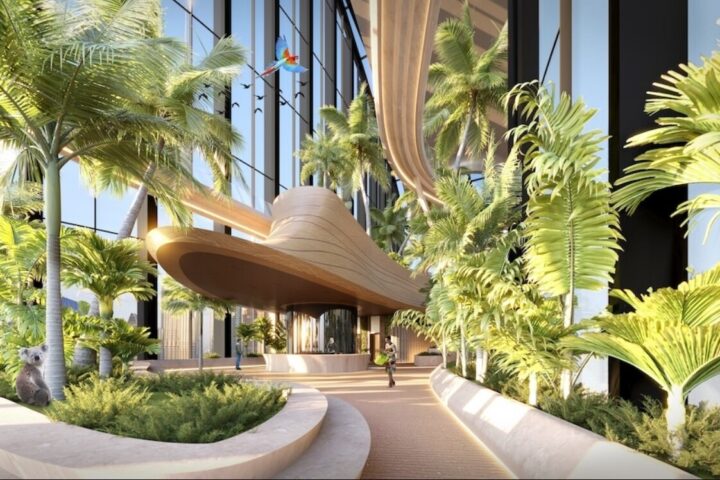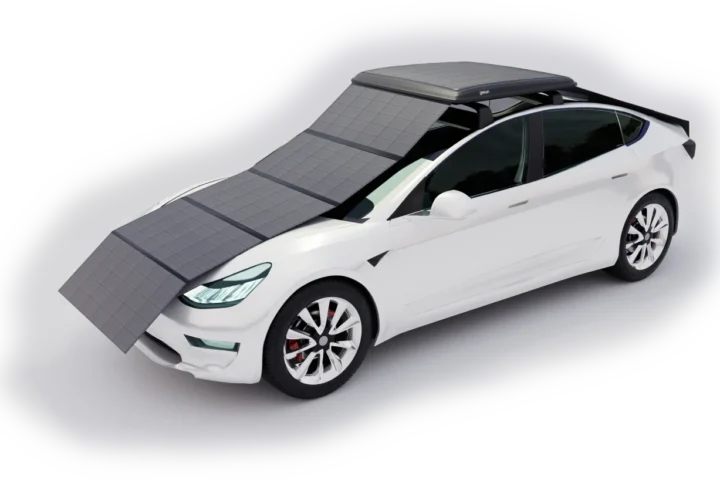In the quest for sustainable cooling solutions, a 60-square-foot shipping container is leading the way as a testing ground. Washington State University researchers are harnessing ancient cooling methods, devoid of greenhouse gas emissions, to combat modern-day heat. Imagine a world where buildings are cooled not by electricity, but by the evaporation of water atop wind towers.
A staggering 60% of the world’s electricity powers our buildings, with nearly a fifth of that dedicated solely to cooling. As the global thermostat rises, our reliance on air conditioning could create a damaging feedback loop, increasing carbon emissions. The future of cooling might not be in new-age technology but in ancient methods dating back to 2500 BC in Egypt.
Towers capturing breezes, combined with the cooling effect of evaporation, could be the green solution we’ve been searching for. Omar Al-Hassawi, leading the research, emphasizes the importance of initial building design in cooling, before turning to mechanical systems. The research chamber, independent of the grid, uses solar power and can heat up to 130°F to test cooling innovations.
The essence of the cooling method? Evaporative moisture at the tower’s top cools the air, which then descends to cool the space below. Such passive cooling techniques, though ancient, are often misunderstood or unknown to modern builders. Al-Hassawi envisions repurposing old building smokestacks as cooling towers, blending the old with the new.
The potential of these systems isn’t just in cooling but in significantly reducing energy demand worldwide. With global populations rising, especially in hotter regions, the demand for air conditioning is set to skyrocket. The challenge ahead: How do we design buildings that inherently stay cool, reducing the need for mechanical interventions?
The shipping container test chamber is not just a research tool; it’s a beacon for sustainable building design. Students are already designing prototypes based on the passive downdraft cooling system, set for testing in the coming semester. The world watches as researchers aim to revive ancient strategies and integrate them into modern construction.
Similar Post
Al-Hassawi states, “It’s an older technology, but there’s been an attempt to innovate and use a mix of new and existing technologies to improve performance.” The stakes are high; modern buildings consume a lion’s share of electricity, and cooling is a significant chunk of that consumption. The world is heating up, and the answer to cooling down might just lie in methods used thousands of years ago.
The research is not just about cooling; it’s about sustainability, reducing carbon, and building a greener future. In the face of climate change, the race is on to find carbon-free methods to keep us cool, and the answer might be blowing in the wind. As Al-Hassawi puts it, “Cooling is increasingly in demand, especially as the climate gets hotter.”
The research’s implications are vast, from reducing energy consumption to offering a sustainable solution for a warming planet. The blend of ancient wisdom with modern technology could be the key to a cooler, more sustainable future. The world needs cooling solutions that don’t exacerbate the problem of global warming. This research is a clarion call for architects, builders, and policymakers to rethink how we design and cool our buildings. In the heart of a shipping container lies the potential to revolutionize the way we think about cooling. As the world grapples with rising temperatures, the solution might be a blend of old-world wisdom and cutting-edge research.


